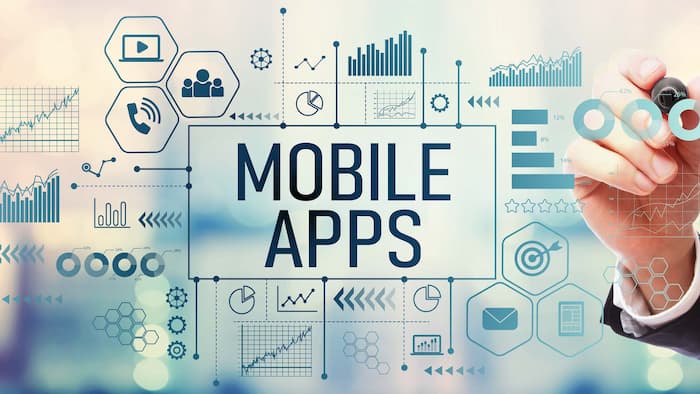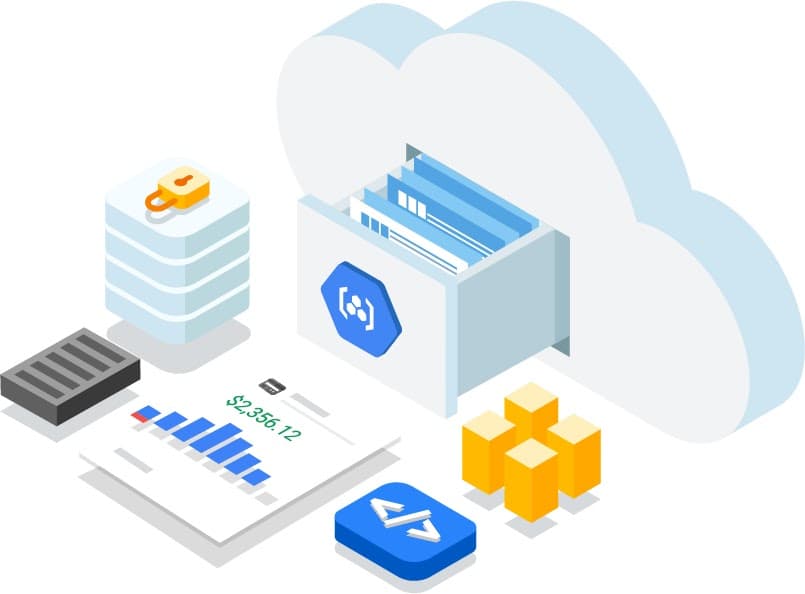The mobile app development landscape is constantly evolving. New technologies, frameworks, and platforms are emerging all the time, making it a challenge for businesses to keep up with the latest trends and ensure their apps are always up-to-date.
One way to stay ahead of the curve is to adopt a continuous delivery (CD) or continuous integration (CI) workflow. This allows businesses to automatically build, test, and deploy new app updates whenever code changes are made.

Here are eleven ways CD/CI can help streamline mobile app development.
1. Container Registries
A container registry is a database of Docker images that are used to create and run containers. Container registries can be either public or private.

Using a container registry is a great way to improve your CD/CI process because it allows you to easily store and manage your Docker images in one place. With a container registry, you can also share images with other developers on your team, making it easier to collaborate on code changes.
2. Automated Builds
Automated builds are one of the most important features of a CD/CI workflow. They allow you to automatically build, test, and deploy your app whenever code changes are made. This means you don’t have to manually build and deploy your app every time there’s a code change, which can save you a lot of time and effort.
3. Continuous Testing
Continuous testing is another key feature of a CD/CI workflow. It allows you to automatically test your code changes before they’re deployed to production. This ensures that your code changes are working as intended and helps prevent bugs from being introduced into your live app.
4. Parallel Deployments
Parallel deployment is a technique that can be used to improve the speed of your CD/CI process. It allows you to deploy multiple versions of your app at the same time.
With parallel deployments, multiple versions of your app are deployed at the same time. This allows you to test code changes in a production-like environment before they’re deployed to all users.
5. Blue-Green Deployments
Blue-green deployment is another technique that can be used to deploy new app updates. It involves creating two identical copies of your app, one for production and one for testing.
You can then deploy your code changes to the testing copy of your app and test them in a real-world environment. If everything is working as intended, you can then deploy the code changes to the production copy of your app.
6. Feature Toggles
Feature toggles are a great way to control when code changes are deployed to your app. They allow you to easily turn features on or off, without having to redeploy your app.
This can be extremely useful when you need to quickly roll back a code change or deploy a feature to only a subset of users.
7. A/B Testing
A/B testing is a technique that can be used to test code changes in a production environment. It involves deploying your code changes to only a subset of users and then measuring the impact of the changes.
This allows you to test code changes with real users before deploying them to all users. A/B testing can also be used to compare the performance of different code changes.
8. Infrastructure as Code
Infrastructure as code is a way of managing your infrastructure using code. This allows you to automate the provisioning, configuration, and management of your infrastructure.
Using infrastructure as code can help improve your CD/CI process because it allows you to easily provision and manage your servers and other infrastructure resources. It also makes it easier to collaborate on infrastructure changes with other members of your team.
9. Continuous Monitoring
Continuous monitoring is a process of monitoring your app’s performance in production. This allows you to quickly identify and fix any issues that may arise.
Continuous monitoring can help improve your CD/CI process because it allows you to quickly identify and fix problems with your app. It also helps you to prevent problems from happening in the first place by monitoring your app’s performance and identifying potential issues early.
10. ChatOps
ChatOps is a way of using chat to manage your app’s development and deployment process. It allows you to easily collaborate with other members of your team and automate tasks.
ChatOps can help improve your CD/CI process by making it easier to communicate with other members of your team and automate tasks. It can also help to improve your team’s overall productivity.
11. DevOps
DevOps is a culture and set of practices that aim to improve the collaboration between development and operations teams. DevOps helps to automate the process of software delivery and deployment.
Using DevOps practices can help improve your CD/CI process by making it more efficient and automated. It can also help to improve communication and collaboration between development and operations teams.
Wrap Up
There are many different ways to improve your CD/CI process. By using the techniques described in this post, you can make your process more efficient and automated. You can also make it easier to collaborate with other members of your team and monitor your app’s performance in production.
When it comes to CD/CI, there is no one-size-fits-all solution. The best way to improve your process is to experiment and find the techniques that work best for your team.